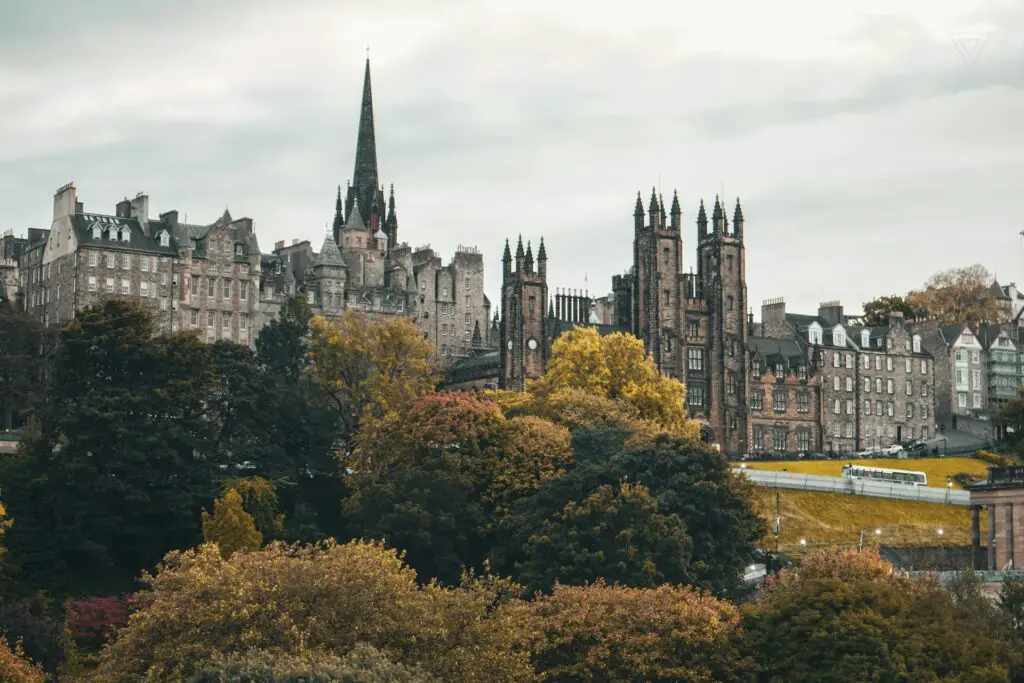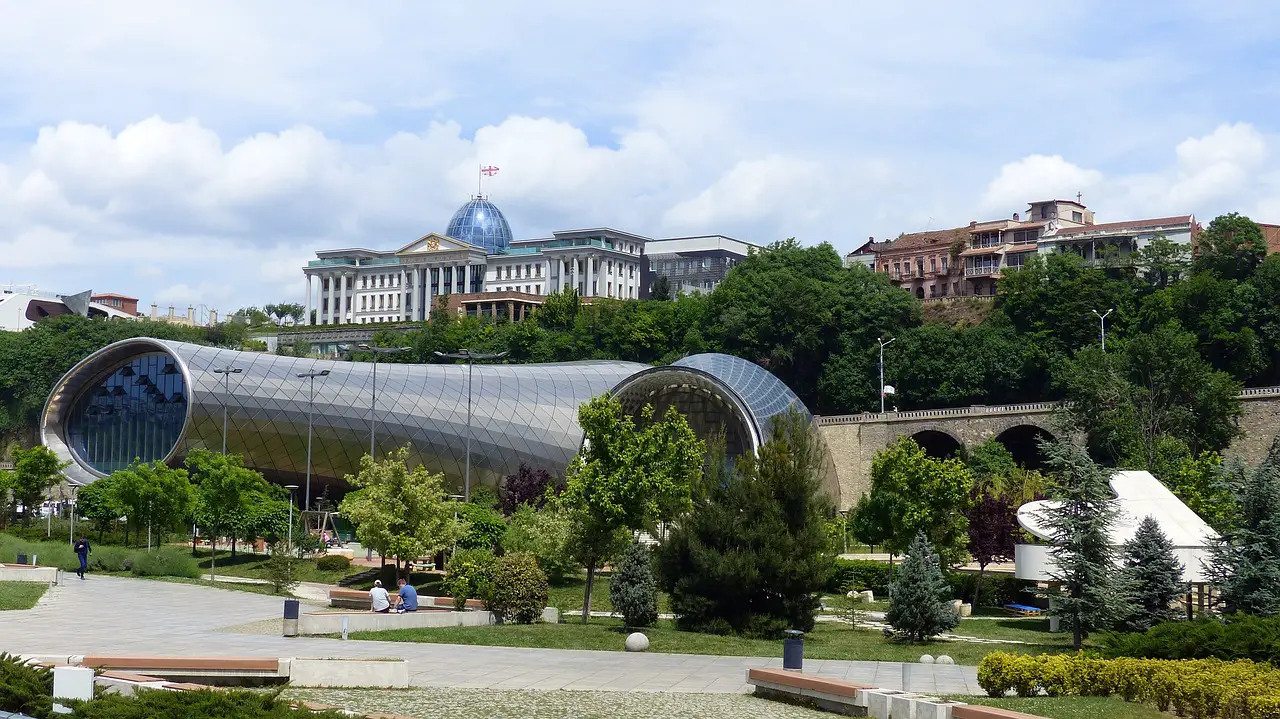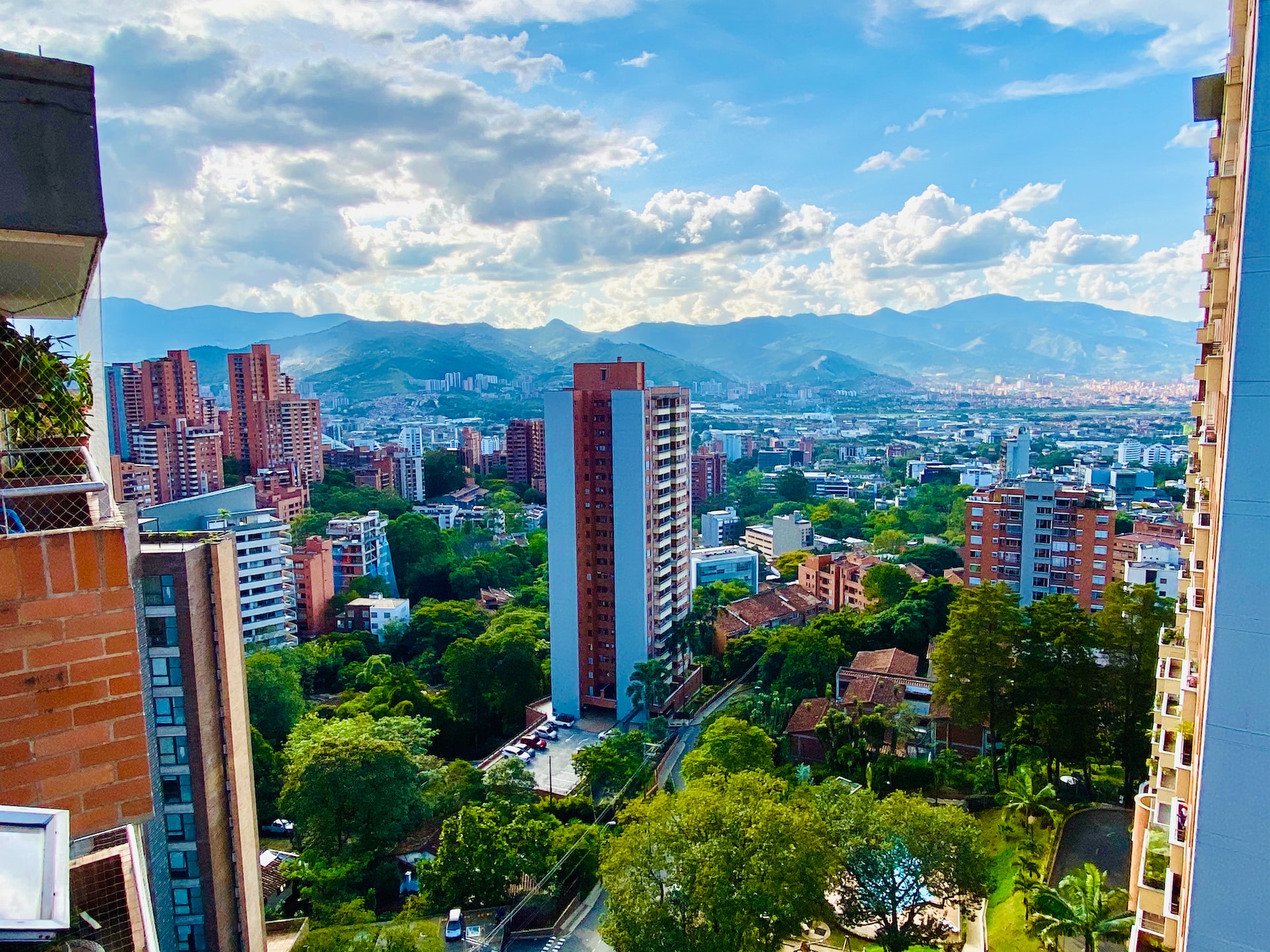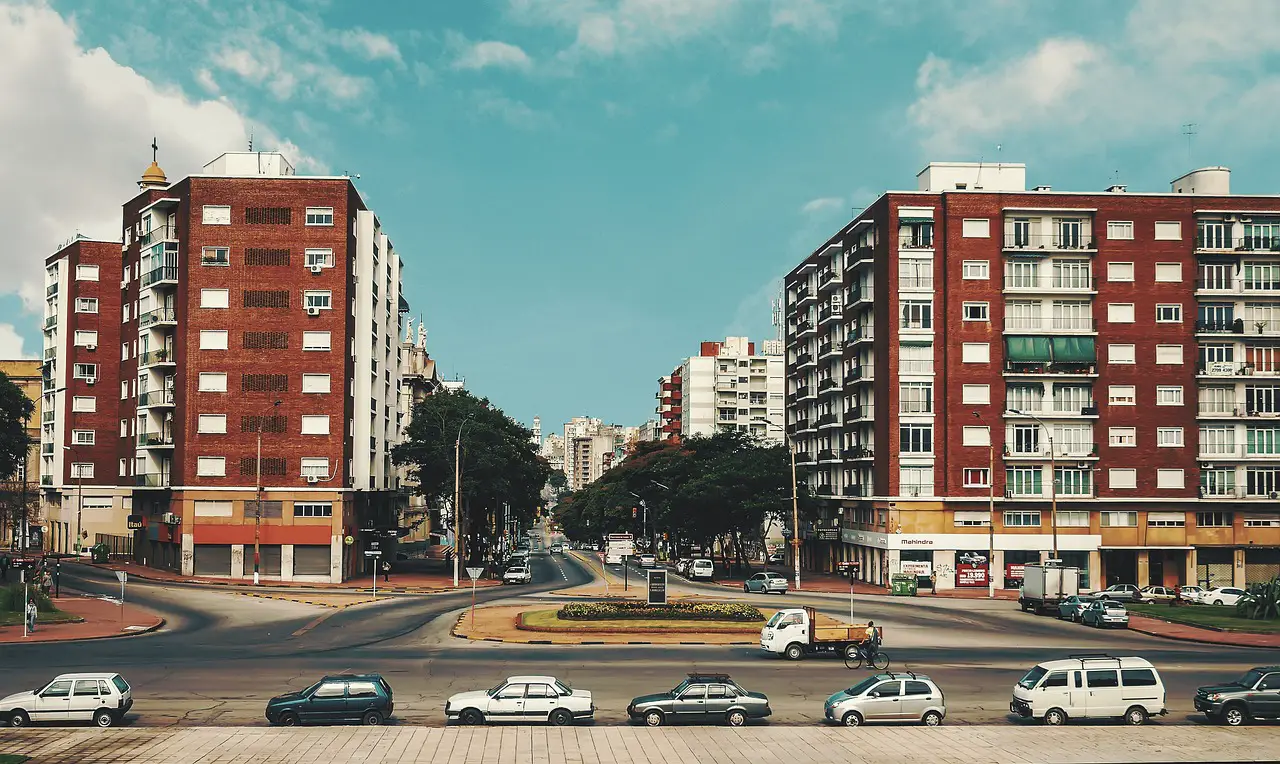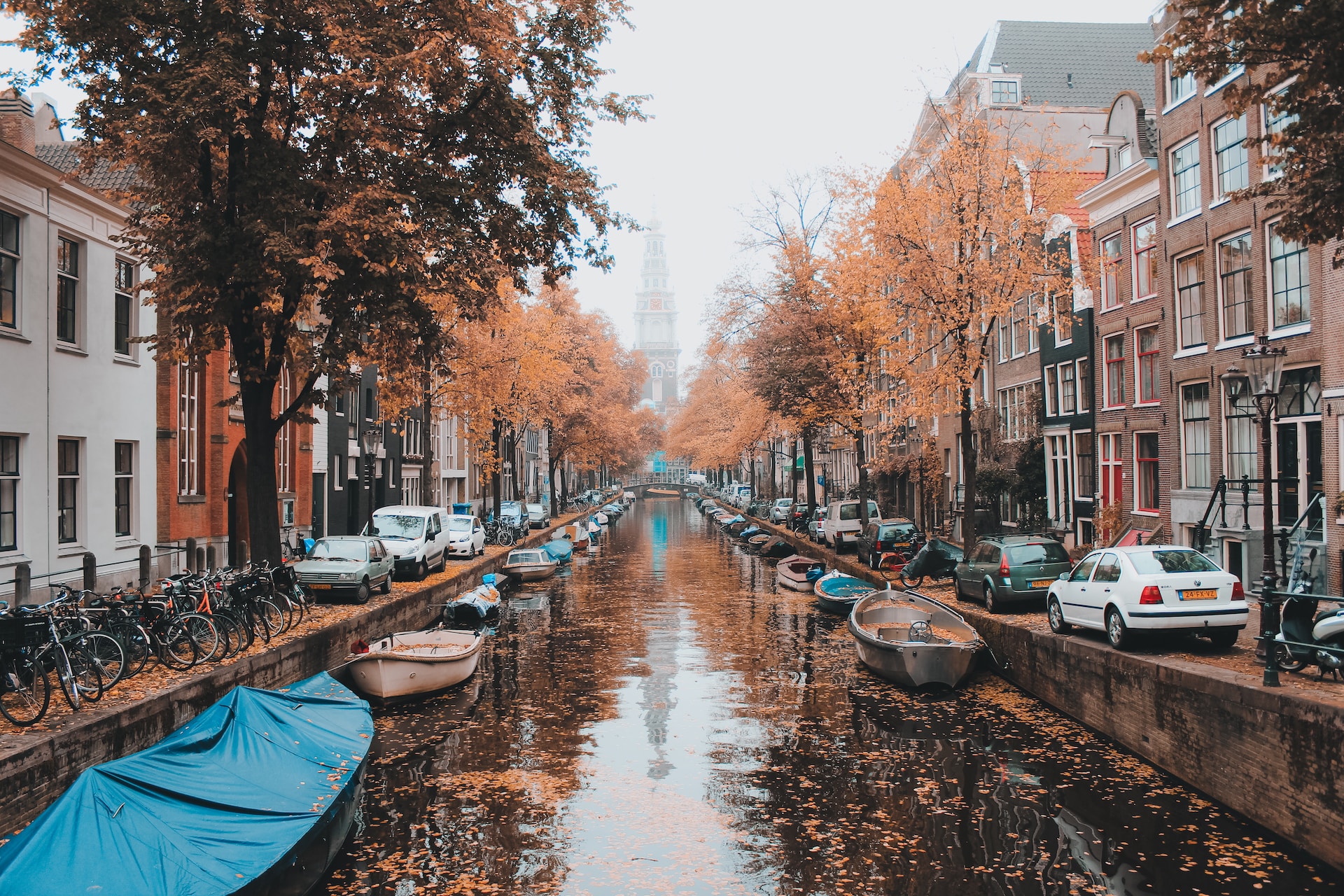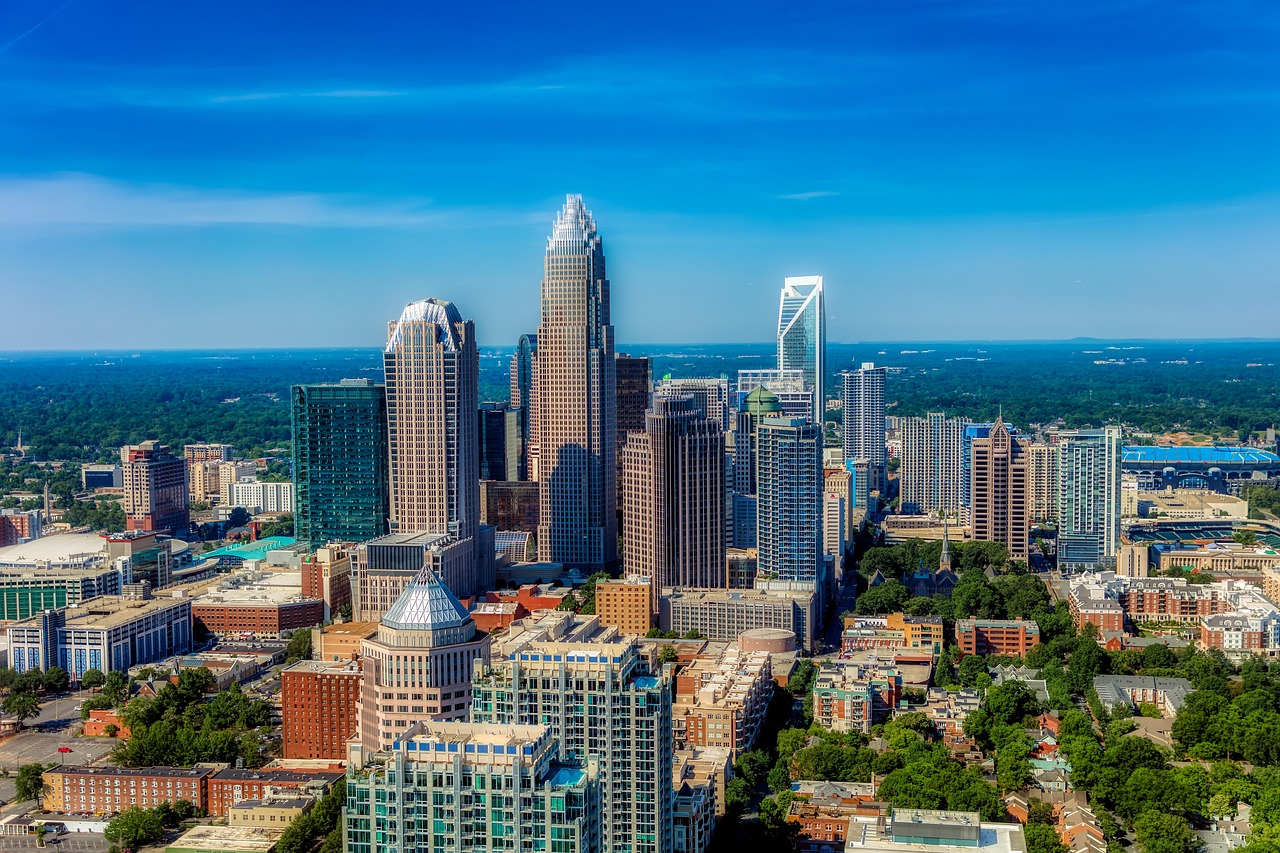Scotland, with its rugged Highlands, shimmering lochs, and vibrant cultural heritage, is a destination that captivates travelers year-round. However, choosing the best time to visit can significantly enhance your experience, balancing pleasant weather, fewer crowds, and cost savings. This article explores the optimal times to visit Scotland, delving into seasonal weather patterns, crowd levels, accommodation and travel costs, and key events to help you plan an unforgettable trip.
Understanding Scotland’s Seasons
Scotland’s climate is famously unpredictable, often described as offering “four seasons in one day.” Its temperate maritime climate means mild summers, cool winters, and a fair share of rain throughout the year. To choose the best time for your visit, it’s essential to understand the distinct characteristics of each season.
Spring (March to May)
Weather: Spring in Scotland is a season of renewal. Temperatures typically range from 5°C to 15°C (41°F to 59°F). Early spring (March) can still feel wintry, with occasional snow in the Highlands, but by May, milder days and blooming landscapes create a vibrant backdrop. Rainfall is moderate, though showers are common.
Crowds: Spring is considered a shoulder season, meaning fewer tourists compared to summer. Popular sites like Edinburgh Castle or Loch Ness are less crowded, allowing for a more relaxed experience.
Costs: Accommodation and travel costs are generally lower than in peak summer months. Hotels and guesthouses often offer off-season rates, and flights to major hubs like Edinburgh or Glasgow can be more affordable.
Highlights: Spring is ideal for nature lovers. The countryside bursts into life with wildflowers, and lambing season adds charm to rural visits. Events like the Beltane Fire Festival in Edinburgh (late April) showcase Scotland’s pagan roots, while the Spirit of Speyside Whisky Festival (early May) draws whisky enthusiasts.
Considerations: Pack layers to handle variable weather, and be prepared for occasional rain. Spring is excellent for hiking in areas like Glencoe or the Cairngorms, as trails are less busy, and the scenery is lush.
Summer (June to August)
Weather: Summer offers Scotland’s warmest temperatures, typically 15°C to 20°C (59°F to 68°F), though highs can occasionally reach 25°C (77°F). Days are long, with up to 17 hours of daylight in June, perfect for exploring. However, rain is still frequent, especially in the west.
Crowds: Summer is peak tourist season, with bustling cities and attractions. Edinburgh’s population swells during the Edinburgh Fringe Festival (August), the world’s largest arts festival, drawing millions of visitors.
Costs: Expect higher prices for accommodations, especially in Edinburgh and the Highlands. Booking early is essential, as hotels and Airbnb listings fill up quickly. Flight prices also peak, particularly in July and August.
Highlights: Summer is festival season, with events like the Royal Highland Show (June), a celebration of Scottish agriculture, and the Edinburgh International Festival (August), showcasing global talent. The long daylight hours are perfect for exploring the Outer Hebrides or Orkney’s archaeological sites.
Considerations: Crowds can make popular sites like the Isle of Skye feel congested, and midges (tiny biting insects) are prevalent in rural areas, particularly in the Highlands. Bring insect repellent and book accommodations well in advance.
Autumn (September to November)
Weather: Autumn brings cooler temperatures, ranging from 8°C to 15°C (46°F to 59°F). September often retains summer’s warmth, while November feels more wintry. The foliage transforms into stunning shades of gold and red, especially in areas like Perthshire, known as “Big Tree Country.”
Crowds: Early autumn (September to early October) is another shoulder season, with fewer tourists than summer. By November, visitor numbers drop significantly, offering a peaceful experience.
Costs: Prices for accommodations and flights begin to decline after August, making autumn a budget-friendly option. Rural guesthouses and B&Bs often offer discounts, and you’re more likely to snag deals on car rentals.
Highlights: Autumn is a photographer’s dream, with vibrant landscapes and dramatic skies. Events like the Enchanted Forest in Pitlochry (October) feature mesmerizing light displays, while Samhain celebrations (late October) offer a glimpse into Celtic traditions. Foodies will enjoy harvest festivals and local produce markets.
Considerations: Weather becomes more unpredictable as autumn progresses, with increased rainfall and occasional storms. Pack waterproof gear and check local forecasts, especially for outdoor activities like hiking or visiting coastal areas.
Winter (December to February)
Weather: Winter is cold, with temperatures ranging from 0°C to 7°C (32°F to 45°F). Snow is common in the Highlands, creating a magical setting for winter sports. Coastal areas are milder but windier. Daylight is limited, with as few as 6–7 hours in December.
Crowds: Winter sees the fewest tourists, except during the festive season (late December to early January), when Edinburgh’s Hogmanay celebrations draw crowds. Outside these periods, you’ll have attractions like Stirling Castle or the Kelvingrove Art Gallery largely to yourself.
Costs: Winter offers the lowest prices for accommodations and flights, except around Christmas and New Year’s. Budget travelers can find excellent deals on hotels and transport, particularly in January and February.
Highlights: Winter is perfect for cozy experiences, such as sipping whisky by a fire in a traditional pub or attending Edinburgh’s Hogmanay, one of the world’s largest New Year’s celebrations. Skiing and snowboarding in Glenshee or Cairngorm Mountain are draws for adventure seekers. The Northern Lights are occasionally visible in northern Scotland, particularly in Shetland.
Considerations: Short days and cold weather limit outdoor exploration, so plan indoor activities like museum visits or distillery tours. Road conditions in rural areas can be challenging, so check for closures if traveling by car.
The Sweet Spot: Shoulder Seasons (Late Spring and Early Autumn)
For the best balance of great weather, smaller crowds, and lower costs, late spring (April to May) and early autumn (September to early October) stand out as the optimal times to visit Scotland.
Why Late Spring (April to May)?
- Weather: By April, temperatures are mild, and rainfall is less frequent than in autumn or winter. May, in particular, offers pleasant days with blooming landscapes, ideal for outdoor activities like hiking or cycling.
- Crowds: Tourist numbers are moderate, meaning you can explore iconic sites like Eilean Donan Castle or the Fairy Pools on Skye without the summer crush. Attractions are fully operational, unlike in winter when some close.
- Costs: Accommodation prices are lower than in summer, and you’re more likely to find deals on flights and car rentals. Rural B&Bs often offer spring discounts to attract early visitors.
- Events: The Spirit of Speyside Whisky Festival (early May) is a highlight for whisky lovers, while the Orkney Folk Festival (late May) showcases traditional music. Spring also marks the start of the cruise season, with fewer ships than in summer, reducing coastal crowds.
- Activities: Late spring is perfect for wildlife watching, as puffins return to coastal cliffs, and seals are active. The weather is suitable for exploring both urban centers like Glasgow and rural gems like the Trossachs.
Why Early Autumn (September to Early October)?
- Weather: September often feels like an extension of summer, with warm days and cooler evenings. The autumnal colors in places like the Trossachs or Glencoe are breathtaking, making it a favorite for photographers.
- Crowds: The summer rush subsides, leaving attractions like Urquhart Castle or the Royal Mile in Edinburgh more accessible. You’ll enjoy shorter queues and a more authentic experience.
- Costs: Prices drop significantly after August, with discounts on hotels, guesthouses, and tours. Flights are also cheaper, especially if booked in advance.
- Events: The Braemar Gathering (early September), a traditional Highland Games event, is a cultural highlight, featuring athletic competitions and bagpipe performances. The Enchanted Forest (October) offers a magical outdoor experience.
- Activities: Early autumn is ideal for hiking, as trails are less muddy than in late autumn, and midges are less bothersome than in summer. It’s also a great time for food-focused trips, with harvest festivals showcasing Scotland’s culinary scene.
Factors to Consider When Planning Your Trip
Your Interests
Your ideal travel time depends on your interests. If you’re drawn to festivals and cultural events, summer’s Edinburgh Fringe or winter’s Hogmanay are unmissable. Outdoor enthusiasts might prefer spring or autumn for hiking and wildlife spotting, while budget travelers will find winter’s low prices appealing.
Regional Variations
Scotland’s regions have distinct climates. The east coast (Edinburgh, St Andrews) is drier and sunnier than the west (Oban, Skye), which sees more rain. The Highlands are cooler and snowier in winter, while the Lowlands are milder. If visiting islands like Shetland or the Outer Hebrides, check ferry schedules, as services can be limited in winter.
Budget Considerations
To save money, book accommodations and flights 3–6 months in advance, especially for shoulder seasons. Consider staying in smaller towns like Pitlochry or Inverness, where prices are lower than in Edinburgh or Glasgow. Self-catering cottages or hostels are budget-friendly alternatives to hotels.
Packing Tips
Regardless of the season, pack layers, waterproof clothing, and sturdy shoes. A lightweight raincoat and umbrella are essential, as rain can occur year-round. For summer, include insect repellent for midges. In winter, bring warm clothing, especially if visiting the Highlands.
Sample Itineraries for Shoulder Seasons
Late Spring Itinerary (7 Days)
Day 1–2: Edinburgh
- Explore Edinburgh Castle and the Royal Mile.
- Attend a spring event like the Beltane Fire Festival (if in late April).
- Enjoy mild weather for walks in Holyrood Park.
Day 3–4: Highlands (Inverness and Loch Ness)
- Visit Urquhart Castle and take a boat tour on Loch Ness.
- Hike in the Cairngorms National Park, where spring blooms are vibrant.
Day 5–6: Isle of Skye
- Discover the Fairy Pools and Old Man of Storr with fewer crowds.
- Stay in a cozy B&B in Portree, taking advantage of spring rates.
Day 7: Return to Edinburgh
- Stop in Pitlochry for a distillery tour or a walk in the blooming countryside.
Early Autumn Itinerary (7 Days)
Day 1–2: Glasgow
- Visit the Kelvingrove Art Gallery and enjoy autumnal walks along the River Clyde.
- Explore the city’s vibrant food scene at harvest markets.
Day 3–4: Perthshire
- Witness stunning autumn foliage in “Big Tree Country.”
- Attend the Enchanted Forest event in Pitlochry (if in October).
Day 5–6: Glencoe and Fort William
- Hike in Glencoe’s dramatic landscapes, with golden hills and fewer tourists.
- Take the Jacobite Steam Train for a scenic ride.
Day 7: Return to Glasgow
- Stop at Loch Lomond for a final dose of autumn scenery.
Practical Tips for a Cost-Effective Trip
- Book Early: Secure flights and accommodations early, especially for shoulder seasons, to lock in lower rates.
- Use Public Transport: Scotland’s trains and buses are reliable and cheaper than car rentals. The ScotRail Explorer Pass offers unlimited travel for budget-conscious travelers.
- Stay in Rural Areas: Towns like Aviemore or Oban offer affordable lodging and access to natural attractions.
- Eat Local: Visit local markets or pubs for affordable, authentic Scottish cuisine, such as haggis or Cullen skink.
- Free Attractions: Many of Scotland’s museums, like the National Museum of Scotland, are free, and natural sites like lochs and glens require no entry fee.
Conclusion
The best time to visit Scotland depends on your priorities, but late spring (April to May) and early autumn (September to early October) offer the perfect blend of pleasant weather, smaller crowds, and lower costs. These shoulder seasons allow you to experience Scotland’s natural beauty, rich culture, and vibrant events without the peak-season price tag or congestion. Whether you’re hiking in the Highlands, exploring Edinburgh’s historic streets, or savoring a dram of whisky, planning your trip for these periods ensures a memorable and budget-friendly adventure. Pack for variable weather, book early, and immerse yourself in Scotland’s timeless charm.
